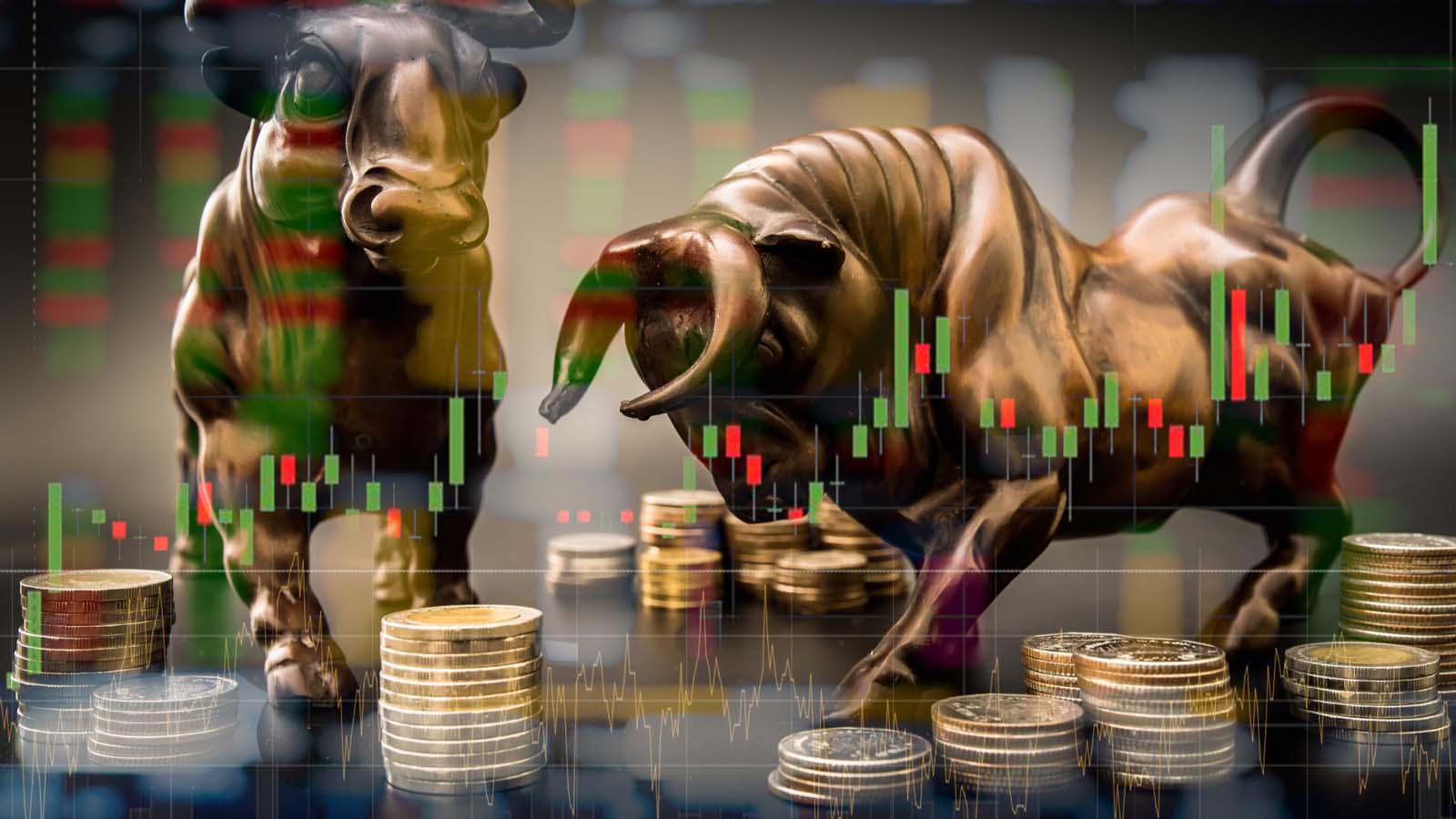2021 has seen some of the most memorable stock market rallies of the past two decades. Since March 2020, we have witnessed gains of over 110% in the S&P 500 Index. However, 2022 has brought nervousness to broader markets, starting with tech shares. Now investors wonder which names might become the new bull market stocks in the new year.
JP Morgan Chase (NYSE:JPM) recently advised clients to “stay bullish– positive catalysts are not exhausted.” The investment bank remarked that potential risks, including a hawkish steps by central banks, uncertainty over China’s economy, or further coronavirus variants, are potentially already priced into current stock valuations.
Meanwhile, strategists at Goldman Sachs (NYSE:GS) and Credit Suisse (NYSE:CS) also see further gains in U.S. stocks.
With that information, here are seven bull market stocks to buy that could offer significant upside to investor portfolios in 2022:
- American Tower (NYSE:AMT)
- BlackRock (NYSE:BLK)
- Cisco Systems (NASDAQ:CSCO)
- Citigroup (NYSE:C)
- Invesco NASDAQ Next Gen 100 ETF (NASDAQ:QQQJ)
- iShares Core High Dividend ETF (NYSEARCA:HDV)
- Micron Technology (NASDAQ:MU)
Bull Market Stocks: American Tower (AMT)

52-week range: $197.50 – $303.72
Dividend Yield: 2.23%
Real estate investment trust (REIT) American Tower owns more than 200,000 cell towers worldwide, leasing space to wireless telecommunications firms. The REIT also operates 25 data centers in eight U.S. markets after the recent acquisition of CoreSite Realty for $10 billion.
The REIT released third-quarter 2021 results in late October. Total revenue increased 22% year-over-year (YOY) to $2.5 billion. Net income was $726 million, or $1.58 per diluted share, up from $463 million, or $1.04 per diluted share, a year ago. Cash and equivalents ended the period at $3.7 billion.
On the results, CEO Tom Bartlett remarked, “We saw strong demand trends across our global business in the third quarter, […] generating double-digit growth in both AFFO per Share and our common stock dividend.”
Wall Street concurs American Tower should benefit from President Joe Biden’s administration’s infrastructure bill that includes significant investments in broadband and telecommunications. This bill provides $65 billion to increase broadband access stateside.
Moreover, the 5G rollout offers another powerful tailwind that should bolster wireless infrastructure investment in the coming years. We will need to build many more cell towers to achieve nationwide 5G coverage.
AMT hovers at $250 territory, up 17% in the past year. Given its long-term growth prospects, AMT’s price may look reasonable for growth-oriented investors. Yet, shares do not necessarily look cheap at 47.6 times forward earnings and 13.6 times current sales.
The 12-month median price forecast for American Tower stock stands at $304.50. Potential investors could regard a decline toward $240 as a better entry point.
BlackRock (BLK)
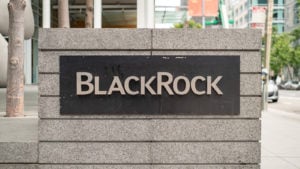
52 week range: $670.28 – $973.16
Dividend Yield: 2%
Investment management group BlackRock offers a wide range of financial services. The group is the largest asset manager worldwide, with total assets under management of around $10 trillion.
BlackRock issued Q4 2021 financials on Jan. 14. Revenue was up 14% YOY to $5.1 trillion, thanks to increasing organic growth, record performance fees, and continued growth in technology services revenue. Net income came in at $1.64 trillion, or $10.63 per diluted share, compared to $1.55 trillion, or $10.02 per diluted share, a year ago.
On these metrics, CEO Laurence D. Fink commented, “BlackRock delivered the strongest organic growth in our history, even as our assets under management reached new highs. We generated $540
billion of net inflows in 2021, including an industry leading $267 billion of active net inflows.”
BlackRock could see rising demand for its industry-leading iShares family of exchange-traded funds (ETFs) in 2022. In fact, the iShares ETF platform remained a key growth driver in 2021. Analysts point out that its larger funds should help Blackrock achieve further gains in the thriving ETF market.
BLK stock currently hovers around $850 territory, up 14% over the last 12 months. Shares are trading at 21.7 times forward earnings and 3.8 times book value. The 12-month median price forecast for BlackRock stock stands at $1,031.
Bull Market Stocks: Cisco Systems (CSCO)
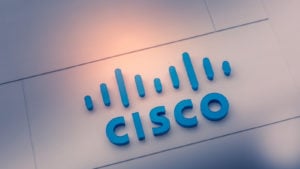
52-week range: $44.15 – $64.28
Dividend Yield: 2.51%
Tech giant Cisco Systems provides enterprise networking solutions that focus on hardware and software products for network switching, data center, routing as well as wireless equipment.
Cisco announced Q1 FY22 numbers on Nov. 17. Revenue soared 8% YOY to $12.9 billion. Net income came in at $3.5 billion, or 82 cents per share, up from $3.2 billion, or 76 cents per share, in the prior-year quarter. Cash and equivalents ended the period at $23.3 billion.
After the results, CFO Scott Herren remarked, “Remaining performance obligations and annualized recurring revenue both grew 10% year over year with product ARR growth of 21% providing more predictability and visibility to our long-term growth.”
Cisco’s long-term growth will likely rely on expanding its recurring subscriptions for software. Currently, software, including its WebEx collaboration service and cybersecurity services, accounts for roughly a third of revenue. Management forecasts revenue to grow at a compound annual growth rate (CAGR) of 5% to 7% between fiscal 2021 and 2025.
CSCO stock hovers around $62, up 36% over the past 12 months. Shares are trading at 17.2 times forward earnings and 4.9 times price to sales. The 12-month median price forecast for Cisco Systems stock stands at $63.55. A potential decline toward $60 would improve the margin of safety.
Citigroup (C)
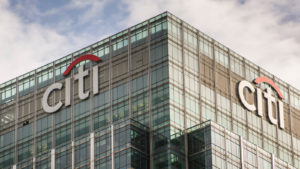
52 week range: $57.40 – $80.29
Dividend Yield: 3.05%
Citigroup is one of the largest U.S. banks by assets. Its global services extend to consumer banking and credit, corporate and investment banking, securities brokerage, and wealth management. Management now wants to boost profitability by focusing on higher-margin institutional businesses.
The financial giant has announced plans to exit from its consumer-banking operations in a number of less profitable global markets. According to S&P Global (NYSE:SPGI), the bank could free up around $7 billion of capital, including $2 billion from the South Korean exit.
Citibank released Q4 2021 results on Jan. 14. Revenue came in at $17 billion, up 1% YOY. However, the divestiture of its banking businesses in Asia led to an 18% YOY increase in operating expenses. As a result, net income fell 26% YOY to $3.2 billion, or $1.46 per diluted share, down from $4.3 billion, or $1.92 per diluted share, in the prior-year quarter.
“We had a decent end to 2021 driving net income for the year up to $22 billion in what was a far better credit environment than the previous year,” remarked CEO Jane Fraser. “We continue to make steady progress on executing our strategy as demonstrated most recently by the signing of an agreement to sell four consumer businesses in Asia.”
Citigroup shares currently hover around $65 territory, down 3% over the past year. Despite gaining 11% year-to-date (YTD), shares have a depressed valuation at 7.6 times forward earnings and less than 0.7 times book value. The 12-month median price forecast for Citigroup stock stands at $76. Interested readers could buy into the C share price around these levels.
Bull Market Stocks: Invesco NASDAQ Next Gen 100 ETF (QQQJ)
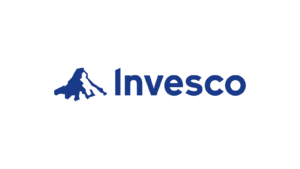
52-Week Range: $29.88 – $36.24
Dividend Yield: 0.28%
Expense Ratio: 0.15% per year
Our next choice is an ETF, namely, the Invesco NASDAQ Next Gen 100 ETF. It invests in the 101st to the 200th largest non-financial names on the NASDAQ exchange. Hence, the ETF is more focused on mid-capitalization growth stocks.
QQQJ, which started trading in October 2020, has 106 holdings. The top 10 names account for around 16% of net assets of $1.15 billion. In terms of sector allocation, information technology leads the fund with 35.74%, followed by health care (21.33%), communication services (14.04%), consumer discretionary (12.24%), and industrials (10.69%).
Among the leading holdings in the roster are the less-than-truckload freight name Old Dominion Freight Line (NASDAQ:ODFL); biopharma giant AstraZeneca (NASDAQ:AZN); digital advertising platform Trade Desk (NASDAQ:TTD); CoStar Group (NASDAQ:CSGP), which provides analytics and online marketplaces for the commercial real estate sector; and chipmaker ON Semiconductor (NASDAQ:ON).
QQQJ hit a record high in November 2021. But, since then, the fund has declined by almost 15%. Over the past 12 months, the ETF is down 4%.
Forward price-to-earnings (P/E) and price-to-book (P/B) ratios stand at 32.67x and 5.95x. Given the recent decline in price, interested readers could consider buying around these levels.
iShares Core High Dividend ETF (HDV)
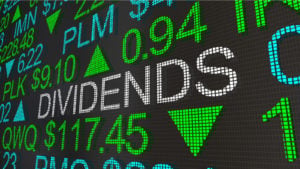
52-Week Range: $86.38 – $103.74
Dividend Yield: 3.39%
Expense Ratio: 0.08% per year
Our next fund, the iShares Core High Dividend ETF, provides access to established high dividend-paying U.S. stocks. Assets under management have grown to $7.8 billion since its inception in March 2021.
HDV has 75 holdings and tracks the returns of the Morningstar Dividend Yield Focus Index. In terms of exposure breakdown, health care carries the highest weighting with 24.58%, followed by energy (18.47%) and consumer staples (18.31%).
Exxon Mobil (NYSE:XOM), Johnson & Johnson (NYSE:JNJ), Chevron (NYSE:CVX), and Verizon Communications (NYSE:VZ) are among the leading names in HDV. This ETF is a top-heavy fund as the leading ten holdings account for around 55% of the fund. Therefore, moves in these names could easily affect the price of the fund, especially in the short-run.
Over the past 12 months, HDV went up by more than 15% and hit an all-time high on Jan. 13. It is currently around $102.6. P/E and P/B ratios stand at 21x and 3.2x, respectively.
The ETF could see further inflows in 2022, as investors regard dividends as protection against rising inflation. A potential decline below $100 could improve the margin of safety.
Bull Market Stocks: Micron Technology (MU)

52 week range: $65.67 – $98.45
Dividend Yield: 0.41%
Chip giant Micron designs memory and storage systems. It sells high-performance DRAM and NAND memory chips used in various applications, including PCs, smartphones, automotive applications, data centers, and other computing devices. It has been benefiting from growth in artificial intelligence (AI), 5G, the Internet of Things (IoT), as well as electric vehicle (EV) adoption.
Micron put out Q1 FY22 results in late December. Revenue increased 33% YOY to $7.69 billion. The street was pleased to see that revenue from the data center segment surged 70%.
Net income stood at $2.47 billion, or $2.16 per diluted share, up from $897 million, or 78 cents per diluted share, in the prior-year quarter. Cash and equivalents ended the period at $11.48 billion.
Following the announcement, CEO Sanjay Mehrotra remarked, “Micron delivered solid fiscal first-quarter results… We are now shipping our industry-leading DRAM and NAND technologies across major end markets, and we delivered new solutions to data center, client, mobile, graphics and automotive customers.”
Management anticipates Q2 revenue to increase 20% YOY to $7.5 billion and earnings per share (EPS) to reach $1.95, almost double the prior-year quarter EPS of 98 cents.
MU stock is around $86, up 20% over the past year. It looks like a bargain trading at attractive multiples of just 9.3 times forward earnings and 3.5 times price to sales. The 12-month median price forecast for Micron Technology stock stands at $112.
On the date of publication, Tezcan Gecgil did not have (either directly or indirectly) any positions in the securities mentioned in this article. The opinions expressed in this article are those of the writer, subject to the InvestorPlace.com Publishing Guidelines.
Tezcan Gecgil has worked in investment management for over two decades in the U.S. and U.K. In addition to formal higher education in the field, she has also completed all 3 levels of the Chartered Market Technician (CMT) examination. Her passion is for options trading based on technical analysis of fundamentally strong companies. She especially enjoys setting up weekly covered calls for income generation.
